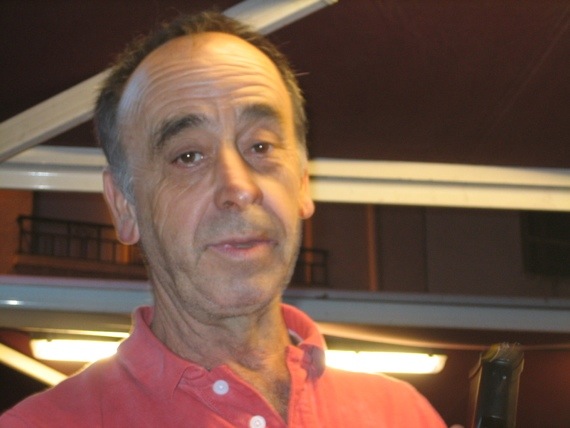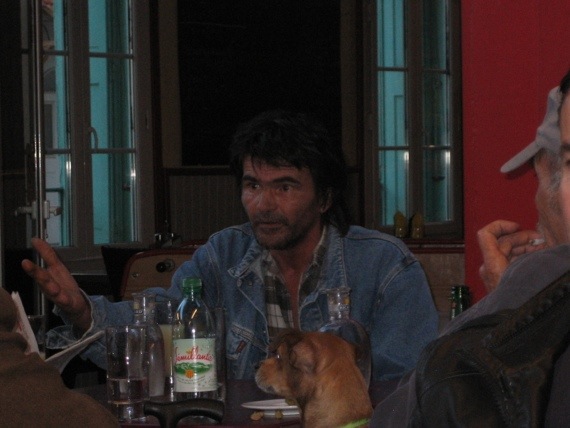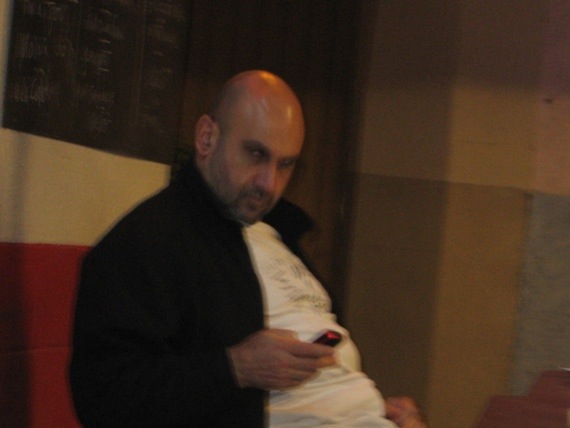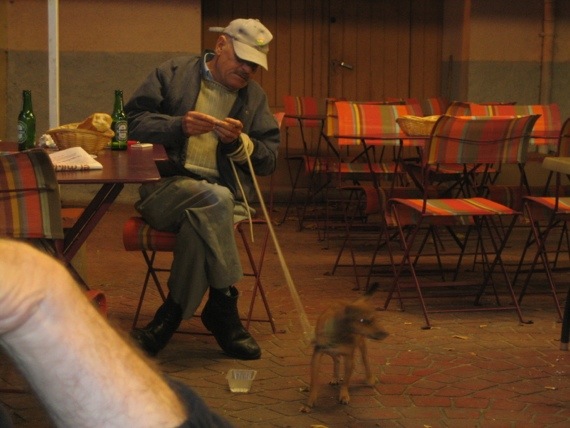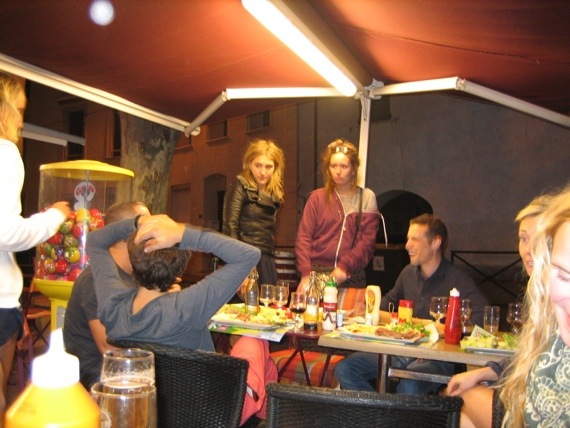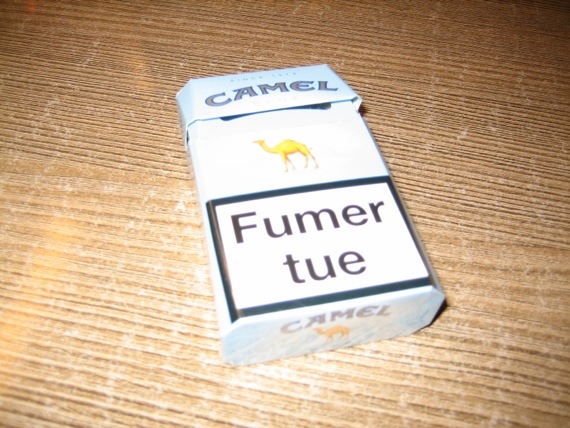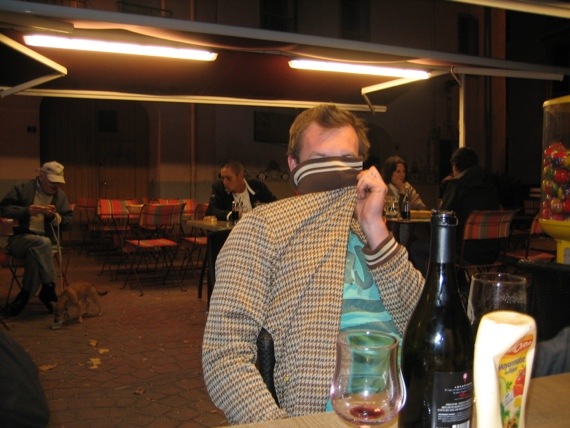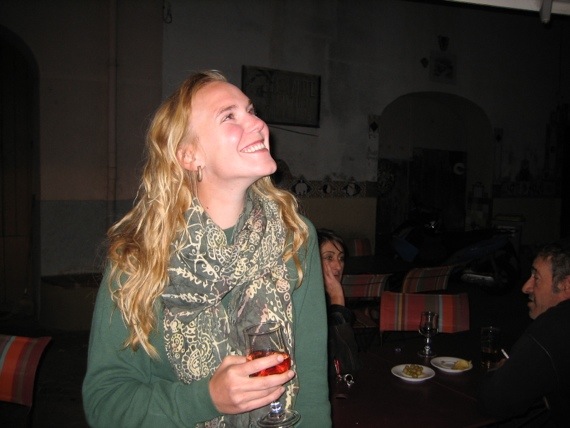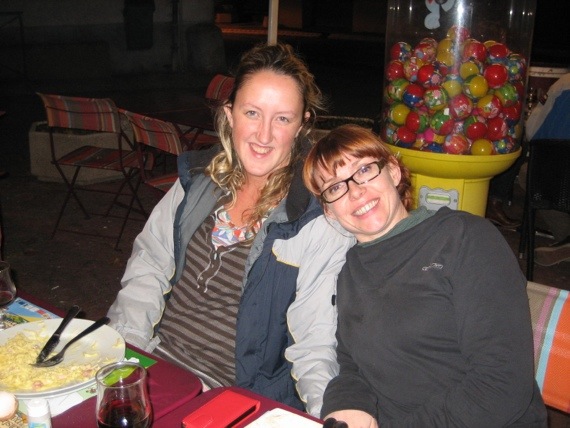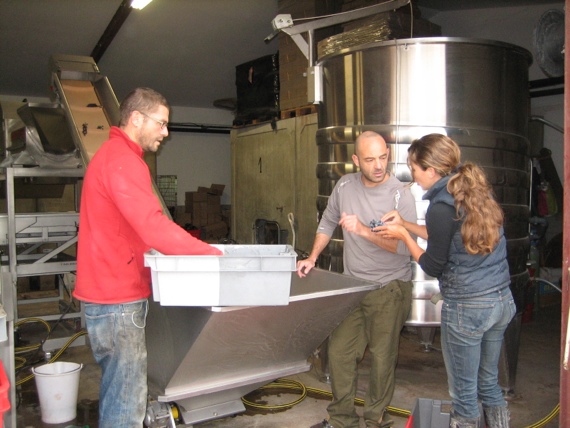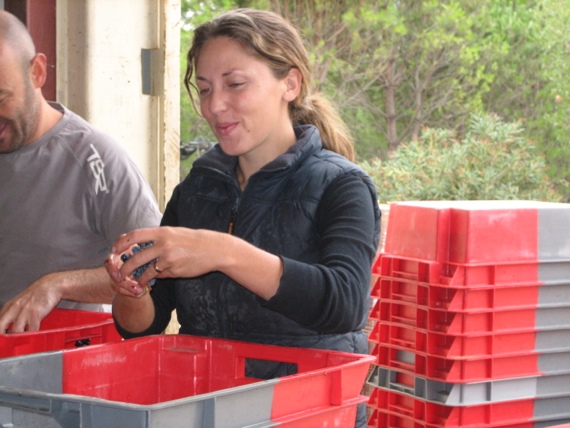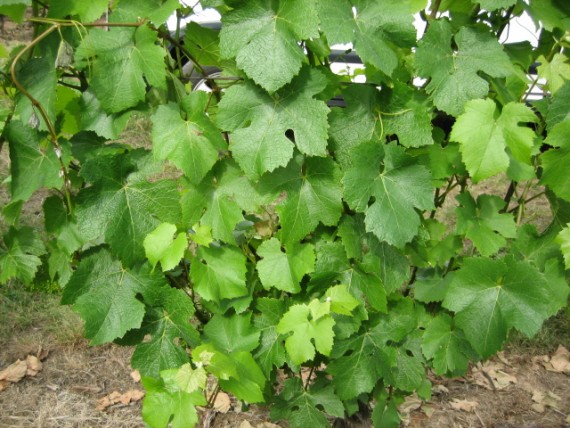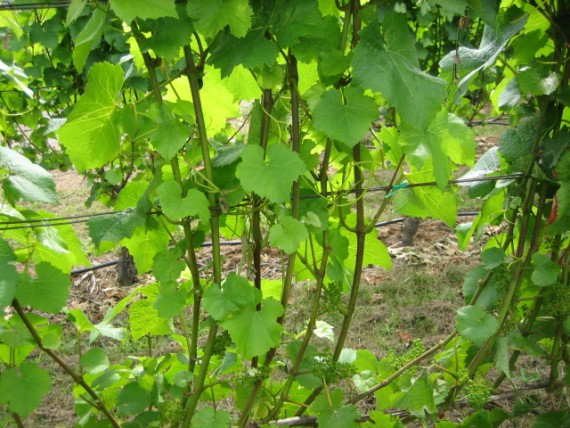I arrived in Maury to the first sounds and smells of another vendage. The whites had been picked and were just beginning their transformation into delicate and aromatic wines. There was a decided break while waiting for the reds to reach optimal flavor and phenolic ripeness. The previous year had been hot, hot, hot with six brutal weeks of temperatures in the 90’s. This year was decidedly different. The sun made only an occasional appearance and was usually accompanied by wind. I had never seen wind damage like this before where actual full sized clusters were whipped off the vine….and so close to picking time.

Two thousand and twelve was already a year where weather had battered the vines. Hail in both April and August had lightened the load considerably and there was constant pressure from oidium. I immediately made a trip to each of my little vineyards (OK, at this point NOT my vineyards due to a weird banking snafu. The money was “lost” in transit…now really Wells Fargo, I’m supposed to believe that??).
La Mouriane, the more easterly vineyard is approximately 65 years in age. The vineyard is remarkably healthy and vines have a full canopy. This is particularly important here where the sun can be intense. The shade is greatly appreciated by the clusters and the winemaker. On first tasting the berries were still fresh and full of acid with the beginning flavors of red raspberry and black currant.

The westerly vineyard, Falgauayra sits on bare schist. The vines are closer to 85 years and they show their additional age. Canopy was sparse, but still a virulent green. The crop was small but the berries were juicy and succulent with black cherry notes supported by a distinct spiciness.

The low crop made for a slow easy harvest. Each day we would pick and process with very little backup or need to push. The fruit ripened slowly due to the cool weather and cloud cover. The acids remained high and the fruit maintained a lovely freshness.
We picked my fruit on the last day of harvest, October 4th. At this point the money for the vineyard purchase still had not arrived (it was getting downright embarrassing!). I had Wells put a trace on it and miracle upon miracles it instantly was found.

The boxes of grapes were put into the cooler (a refrigerated container) overnight so we could process the fruit cold. The morning of Friday the 5th we gently placed one cluster at a time on the conveyer, through the destemmer and then the berries were dropped onto the sorting table running at a very slow speed. Practically every berry was given a little smootch on the way to the fermenter!




After a celebratory lunch Jean-Roger (who was signing for my cousin, my partner in this purchase) and I drove the short ten minutes to Estragel to the office of the notary to sign the papers.

After 36 years in the business I finally have a little piece of dirt to call my own. Happy does not come close to a proper descriptor for my feelings. Not even sure”ecstatic” is adequate!

